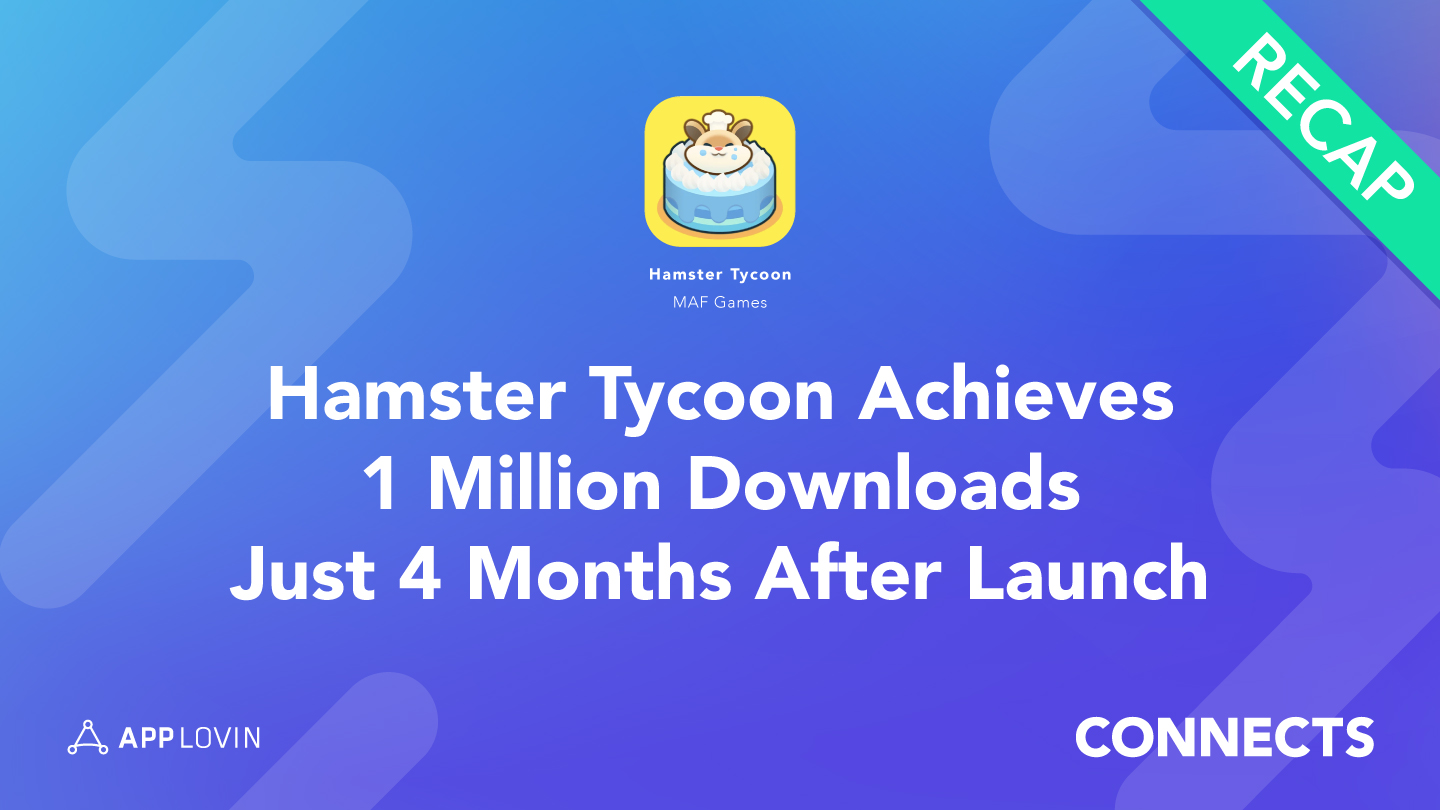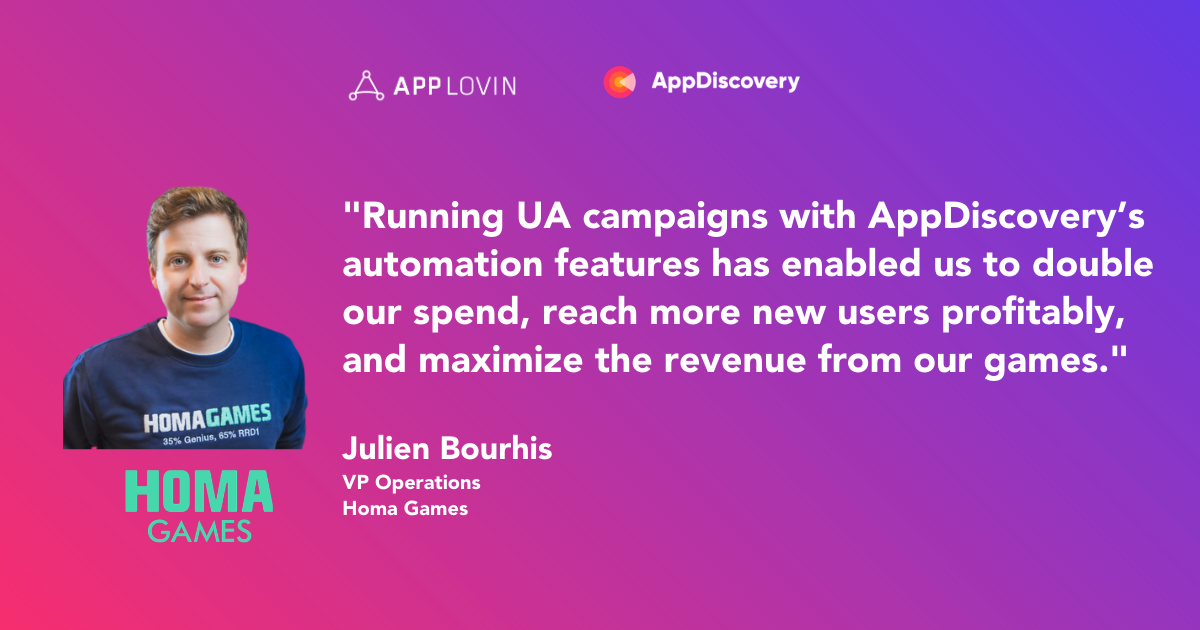Gaming, Mobile App Growth
Mastering Steady Growth With Hamster Tycoon: How This Korean Indie Studio Did It
Mar 20, 2021

Gaming, Mobile App Growth

AppLovin recently hosted a webinar with San Heo, CEO of South Korean-based studio, MAF Games. The event featured a discussion about their hit idle game Hamster Tycoon (iOS | Android), which achieved a million downloads on Google Play and App Store just four months after launch. The game continues to drive steady, monthly revenue.
San shared his insight around scaling Hamster Tycoon through understanding data, user acquisition, and measurable results after implementing MAX, AppLovin’s full-stack in-app bidding solution.
Here’s a quick Q&A recap on the webinar and discussion with San.
We’ve learned the importance of data measurement. The more iterations we made within development, launch, and measurement, the better we performed. We kept track of funnel metrics, retention, and revenue. I put a lot of effort into measuring, analyzing, and improving data because it’s a field where I can continue to gain experience within the company. With each result, we improved.
In addition, we didn’t set revenue as our primary goal. Instead, we narrowed it down to day one retention after launch and focus on the primary goal.
What matters most is—how soon can our team get started? Business development managers from each network are helpful, but communication is also time-consuming.
If we can get started right away with just a few clicks, we can have time to focus on other tasks and make better creatives or analyze metrics. I prefer a channel that can be carried out directly by the UA manager.
Basically, we look at ROAS (return on ad spend) at different key intervals such as D2, D3, and D7, and we constantly refer back to our models to observe progress towards our goals. As we extrapolate out further beyond D7, it becomes very difficult to predict ROAS on a given day. For example, initial indicators like D7 ROAS could be good, but beyond that, it could decrease so we need to exercise caution.
Also, if there are multiple marketing channels, it is difficult to take care of everything.
Focusing on a few channels and maximizing them is a priority. I think it’s enough to take a closer look as we grow profits.
As the person responsible for monetization, I was able to drastically reduce working time with MAX.
After integrating the SDK, it was released immediately without a lot of testing required. I monitored performance by adding one network at a time. The development team was able to focus on polishing the game to make it better through the final stages of launch as they no longer had to see if the network was working.
The MAX dashboard is well organized, so there were many advantages to seeing ad monetization indicators.
It was intuitive—I could easily check and improve the percentage of users who watched ads and see the number of viewers. Specifically, the percentage of users who watched ads can be checked very easily on the dashboard.
I also really like A/B tests for app icons and images. Because MAX has an A/B test function, we were able to improve efficiency by adding networks and changing waterfall eCPM, and comparing before and after profits.
For other titles we have, revenue from in-app bidding partners accounts for about 70 to 80 percent of the total revenue.
Learn more about MAX and why it’s the secret weapon for developers and studios of all sizes.
